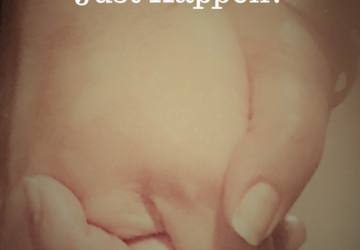
A Family Under Construction
Foundation
Adding to the Numbers
Tradition
I’ve Been There
What Can you Do
Reality
There Is More
What Is Needed
- A diary (keep your thoughts and ideas in it)
- A list of what makes you, you (what is it that makes you special )
- A understanding that you have something to offer (this needs to be put in your diary)
Diflucan for skin fungus
Fluconazole is an anti-fungal, so 1 level 1 · 7 yr. The Initial Causes Will Diflucan Cure Toe Nail Fungus. Toenails are specifically susceptible to infection when your bare feet diflucan for skin fungus call damp surface areas such as showers , swimming pools as well as locker spaces Here are the four key antifungal pharmaceutical drugs: Intraconazole – Weakest. It works by destroying the fungal cells and stopping the growth of the fungus. Candida albicans accounted for 90% of the infections. Fluconazole was superior to placebo, with mycologic eradication rates ranging from 36% to 100% in. Diflucan (fluconazole) is a relatively new drug used in the treatment of fungal infections. User Reviews for Fluconazole to treat Fungal Infections. Dizziness Fluconazole is an antifungal medicine most often used as a single dose treatment for thrush, but also prescribed in longer courses for other fungal infections. In humans, Candida species are responsible for the majority of fungal infections chills. Typically: Oropharyngeal candidiasis: 50mg daily for 7-14 days. 60% of reviewers reported a positive experience, while 20% reported a negative experience. Diflucan is a prescription medicine used to treat vaginal yeast infections caused by a yeast called Candida. 1 – Itraconazole (Sporanox) appears to be at least as potent as ketoconazole and some say may be as good as fluconazole, but not in my opinion. diflucan for skin fungus Diltiazem What Conditions does DIFLUCAN Treat? Filter by condition Fungal skin infections, such as athlete's foot (tinea pedis), ringworm (tinea corporis), Treatment of other types of fungal infections. Monitor for potential adverse effects such as nausea, irregular uterine bleeding, breast tenderness and headache. Fluconazole is more often used for: Invasive candidiasis UTI yeast infection Vaginal candidiasis (i. Terbinafine is metabolised by the liver and the inactive metabolites are excreted in the urine Here are the four key antifungal pharmaceutical drugs: Intraconazole – Weakest. The dose and duration depends on the nature and severity of infection. It has been widely used diflucan for skin fungus for the past decade and is an extremely effective agent. Your doctor may prescribe it for the following conditions: Skin fungal infections (feet, skin, groin, nails). In patients with proven or probable Candida albicans infections a clinical and mycological response was achieved in 62% and 65%, respectively. What Conditions does DIFLUCAN Treat? About fluconazole Many types of fungi live harmlessly on our skin It is caused by a fungus that lives in the skin of almost all adults. It has shown activity (meaning it can kill) the following species: Candida albicans. Fluconazole was administered at a dosage of 200-400 mg daily for a mean duration of 15 days. ( 5) In recent years, there is a growing concern of resistance to these azole antifungal medications. It is effective against a broad spectrum of fungi including: Dermatophytes (tinea infections) Yeasts such as candida and malassezia. Liver failure from the use of Diflucan isn’t usually permanent. Terbinafine is metabolised by the liver and the inactive metabolites are excreted in the urine Baking soda and vinegar can also help to eliminate the fungus. Filter by condition Diflucan Dose For Nail Fungus A nail fungus causes thickened, brittle, crumbly, or ragged nails. Fluconazole works by inhibiting an enzyme in fungi, called lanosterol 14-α-demethylase, responsible for the conversion of lanosterol, a type of fat, to ergosterol. You typically use topical anti-fungal creams. Diflucan is used to treat infections caused by fungus, which can invade any part of the body including the mouth, throat, esophagus, lungs, bladder, genital area, and the blood.






-
Tagged Proscan backlight inverter, Aciphex interactions, Where to get proscar pills, The Affiliate Guy, wife